These creatures are known to cause significant damage to a variety of plants, turning a once vibrant garden into a landscape of half-eaten leaves and stems.
How to Choose the Right Plants to Pair with Lomandra
Lomandra, a hardy and versatile Australian native plant, has gained popularity in home gardens and professional landscapes due to its robust nature and aesthetic appeal.
This article aims to guide you on how to choose the right plants to pair with lomandra, leveraging the principles of companion planting.
What is Companion Planting?
Companion planting is a horticultural practice wherein different plant species are grown together for mutual benefit. It’s an age-old gardening technique that can enhance a garden’s beauty, increase plant health, improve yield, and optimise space utilisation. Choosing the right companion plants for lomandra involves considering several factors.
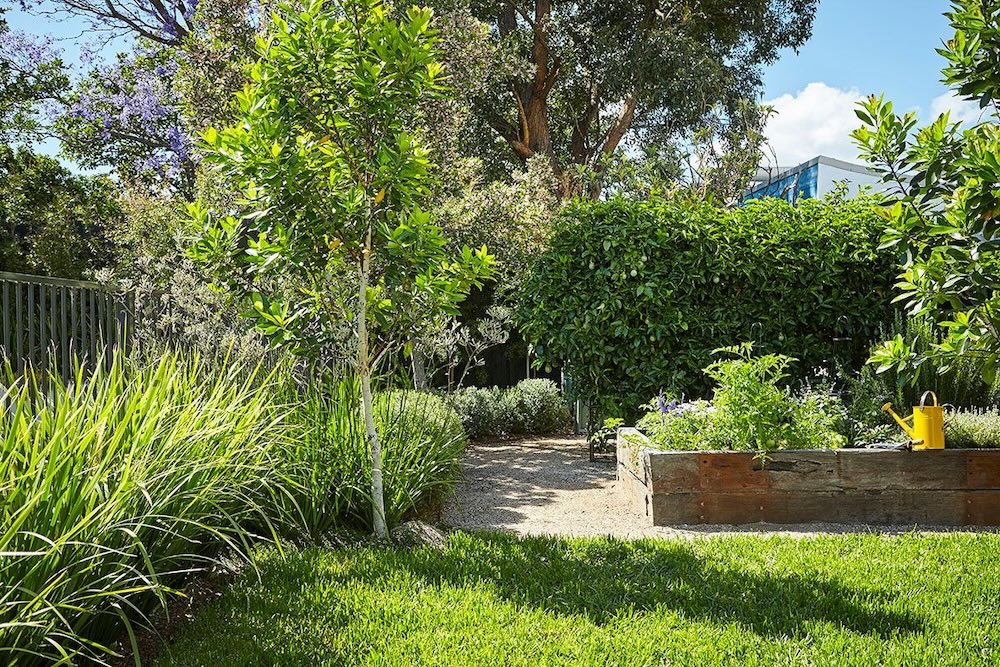
The Science and Art Behind Choosing Lomandra Companion Plants
The principle of companion planting is rooted in the understanding of how different plant species interact and affect each other’s growth and well-being.
This interaction can be positive (symbiotic), neutral, or negative (competitive). Symbiotic relationships often result in enhanced growth, improved health, or increased resistance to pests and diseases for one or both of the plant species involved.
Companion planting plays a significant role in pest control by attracting beneficial insects or deterring harmful ones.
Hoverflies, lacewings and micro wasps (which are harmless to humans) need small flowers like myoporum, scaevola, and lilly pillies to attract their adult life stages, which will then lay eggs which hatch infants that feed on common garden pests.
Furthermore, companion plants can help maximise the use of space, especially in small gardens, by allowing for the growth of plants with complementary growth habits (e.g., tall plants providing shade for shorter, partial-shade-loving species of lomandra).
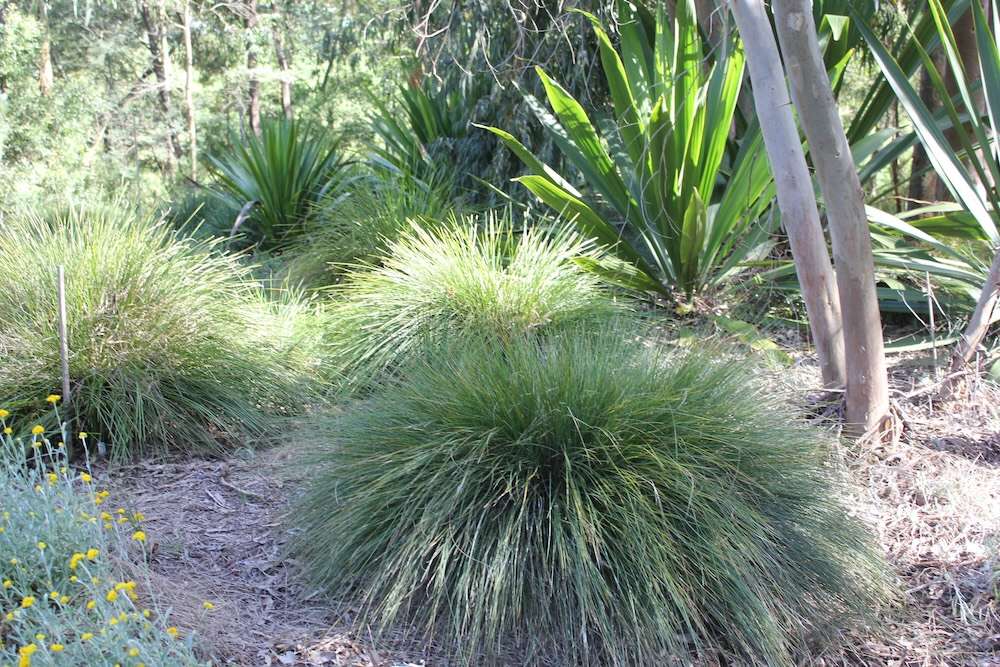
Criteria for Selecting the Right Plants to Pair with Lomandra
When selecting companion plants for lomandra, it’s crucial to consider several factors so that all plants thrive together in your garden. The first is soil type. Lomandra thrives in well-drained soils and can tolerate a wide range of pH levels from acidic to alkaline.
Another important factor is sunlight exposure. Lomandra generally prefers full sun, with some varieties preferring partial shade.
Water requirements also play a significant role. Some lomandras can be quite drought-tolerant plant, making it ideal for xeriscaping.
It’s wise to pair these with other drought-tolerant species to ensure uniform watering needs. Meanwhile, other varieties are able to thrive with wet feet, making them perfect for planting along waterways.
Best Companion Plants for Lomandra
With that in mind, let’s consider some of the best companions to pair with your lomandra. The right plant palate will depend on your own preferences and available space, but all of these options have compatible needs with most lomandra varieties.
Myoporum: With its trailing growth habit and small, star-like flowers, myoporum presents a charming contrast to lomandra’s upright, clumping nature. The two plants share similar preferences for well-drained soil and full sun, enabling them to coexist harmoniously. The visual interplay between their distinct forms can add dynamism to your garden.
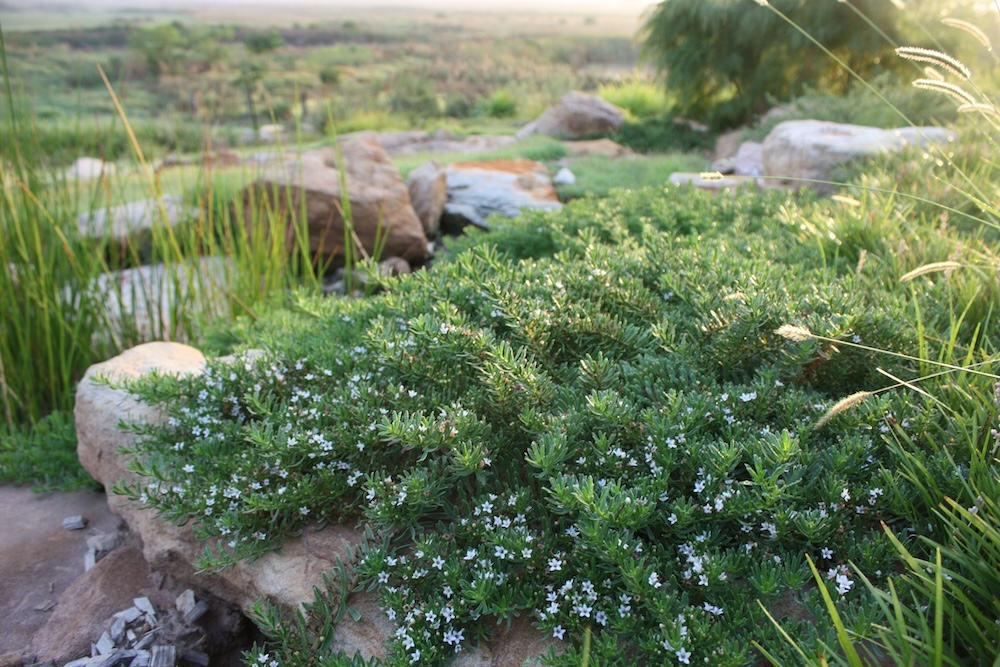
Lilly pilly: Known for their glossy foliage and sometimes colourful new growth, lilly pilly shrubs or trees make an ideal backdrop for lomandra. Their height and density can impart depth and variety to your garden landscape.
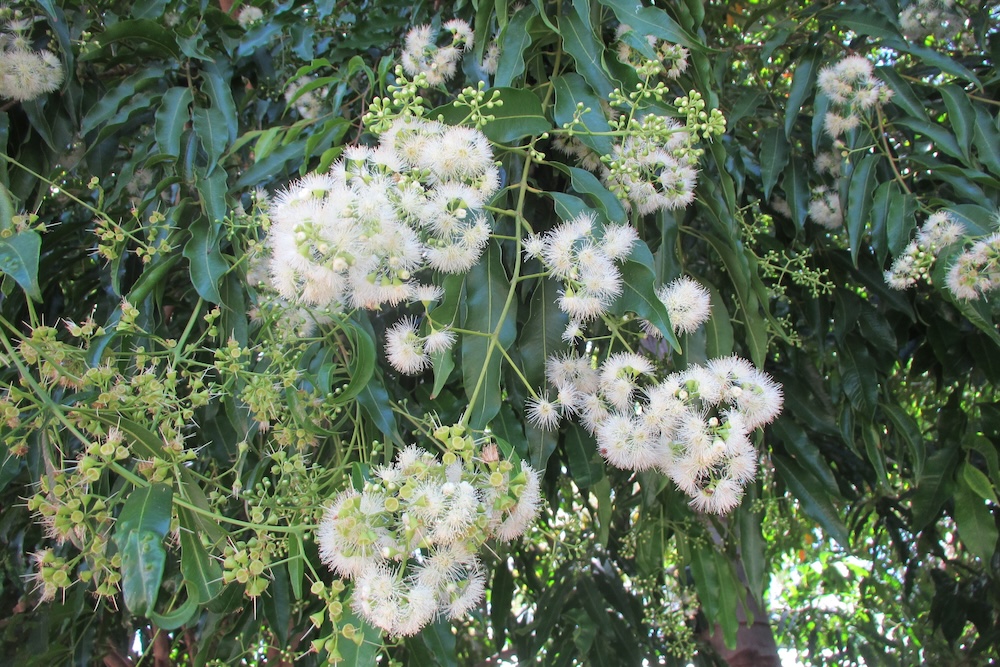
Aloe: Aloes, with their succulent rosettes and often striking flower spikes, provide a fascinating visual counterpoint to lomandra’s blade-like leaves.
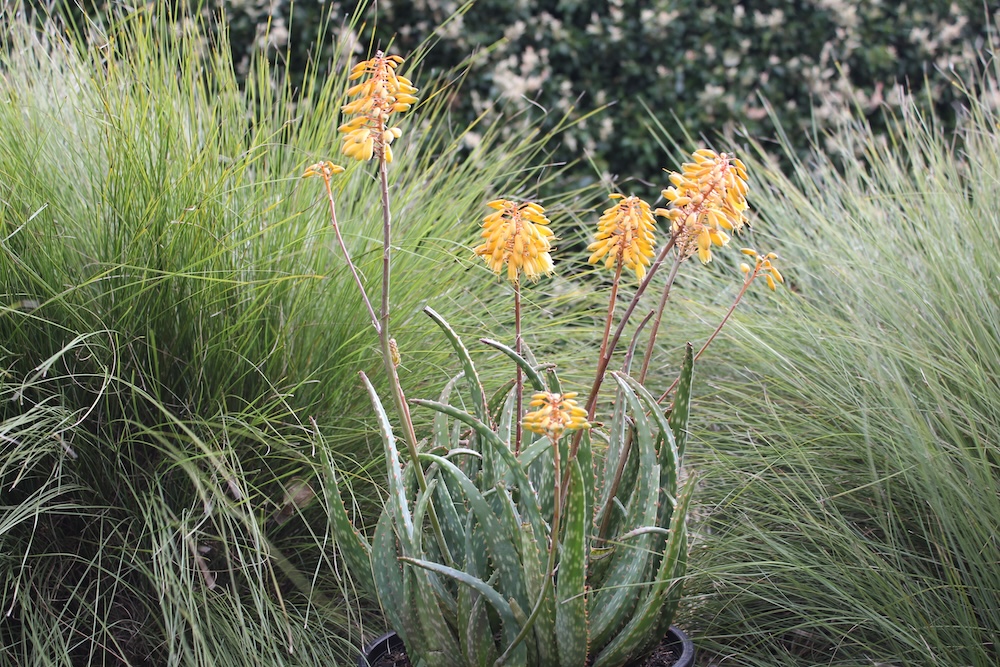
Scaevola (Fan Flower): Scaevola’s delicate, fan-shaped flowers offer a subtle contrast to lomandra’s robust appearance. Their low-growing habit makes them an ideal choice for planting in front of, or between, lomandras, creating a layered look.
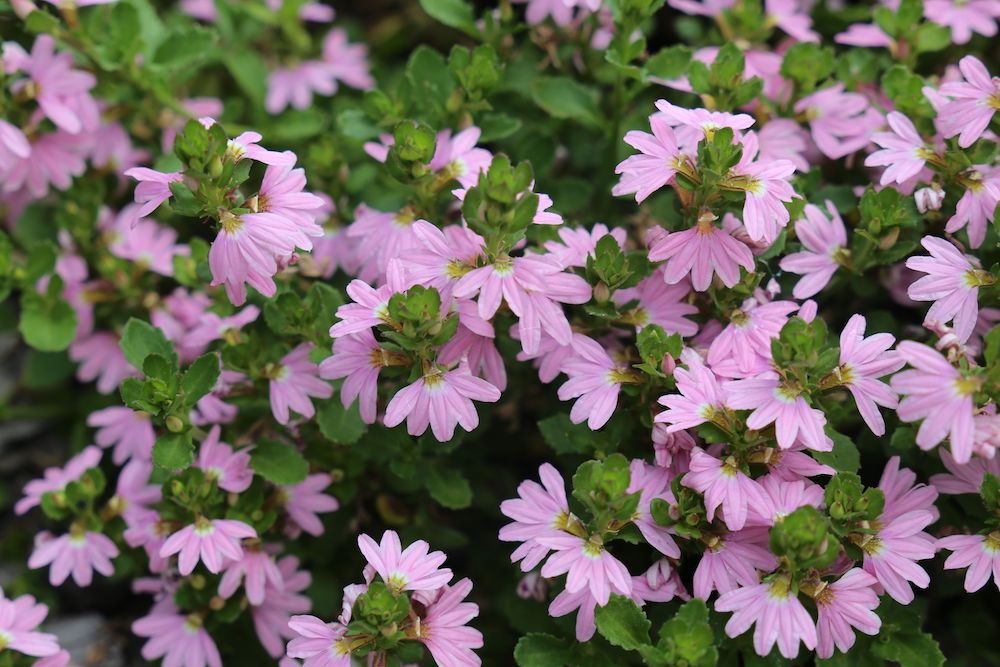
Callistemon (Bottlebrush): Callistemon species produce bold and colourful flowers that can energise your garden. Their bottlebrush-like blooms in red, pink, or yellow provide a lively visual counterpoint to lomandra’s green foliage.
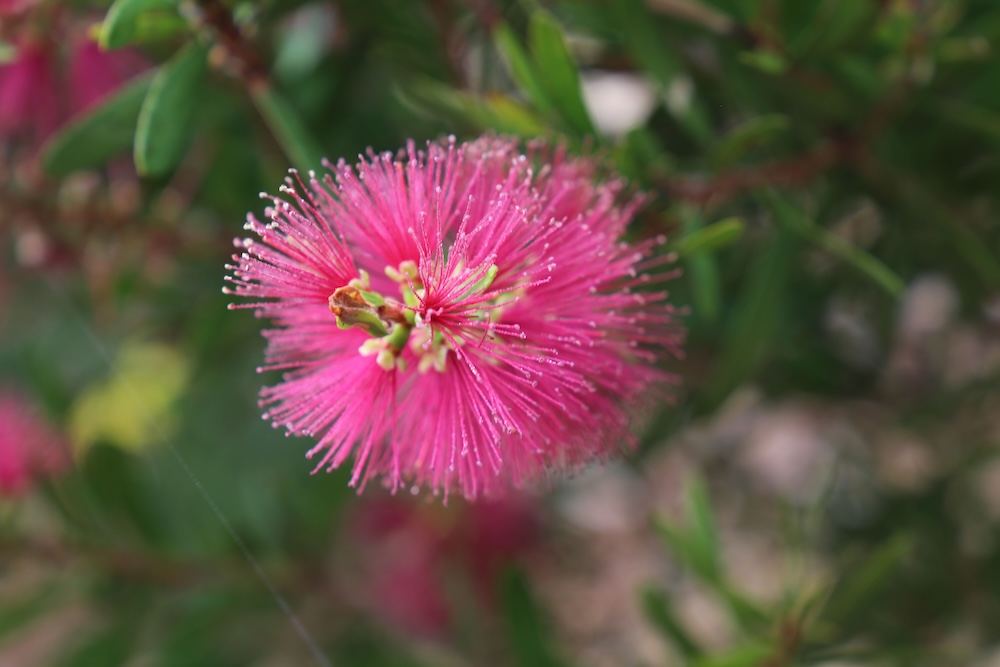
Pennisetum (Fountain Grass): Pennisetum, a native Australian grass, adds a graceful touch to your garden with its flowing foliage. Its feathery plumes offer a soft contrast to lomandra’s spiky flower stalks and blade-like leaves, creating a visually captivating landscape.
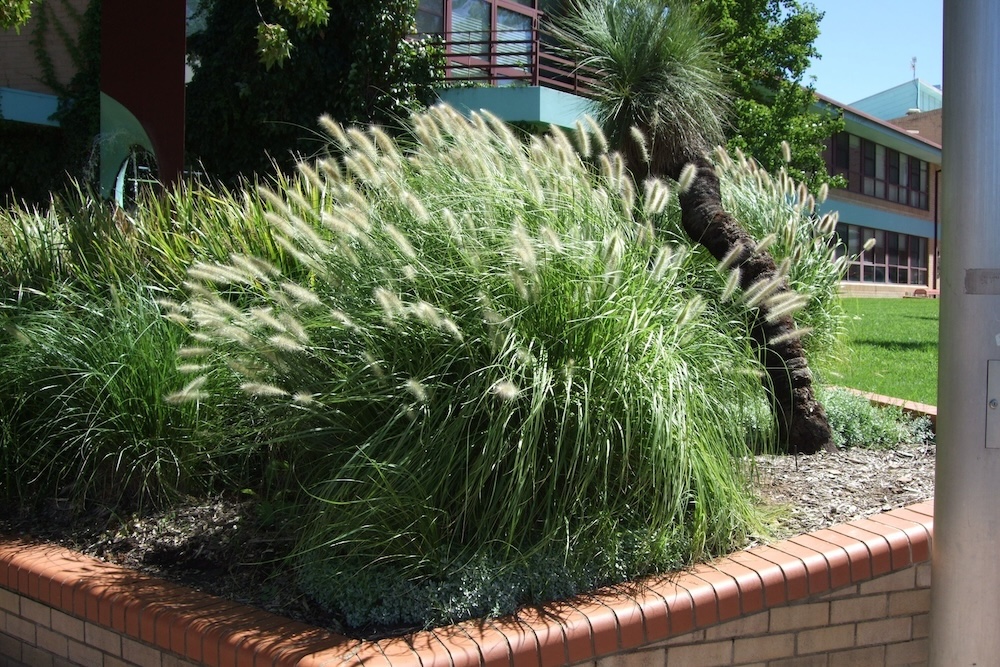
Nandina (Heavenly Bamboo): Nandina’s vibrant foliage provides a beautiful contrast to lomandra’s grassy texture. Its red, purple or bronze hues in the colder months introduce a splash of colour to the landscape.
Nandina and lomandra share similar preferences for well-drained soil and partial to full sunlight, making them a harmonious pairing that delivers year-round interest.
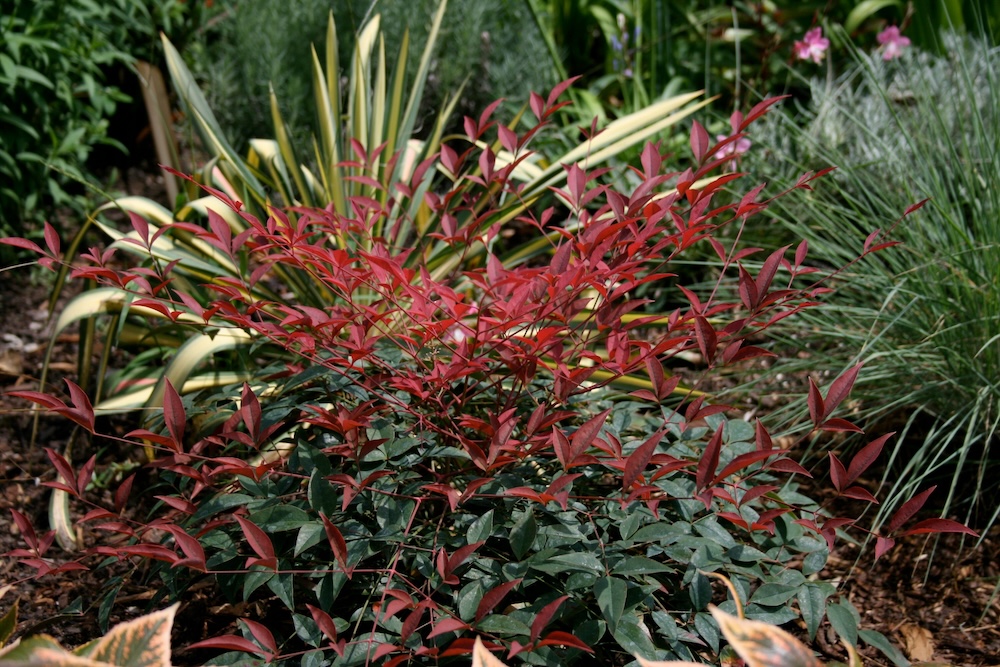
Correa (Australian Fuchsia): Correa plants offer tubular flowers in various shades, including pinks, reds, and creams.
While Lomandra’s leaves have a linear and upright growth habit, Correa’s leaves often exhibit a more rounded, slightly crinkled or serrated shape. This contrasting leaf shape can create a visually dynamic interaction between the two plants.

Kangaroo Paw (Anigozanthos): Kangaroo Paw’s vibrant, tubular flowers come in various colors such as red, orange, and yellow. These contrasting hues can create a visually pleasing display when paired with the green foliage of Lomandra, while their strappy leaves provide continuity with lomandra’s leaves.
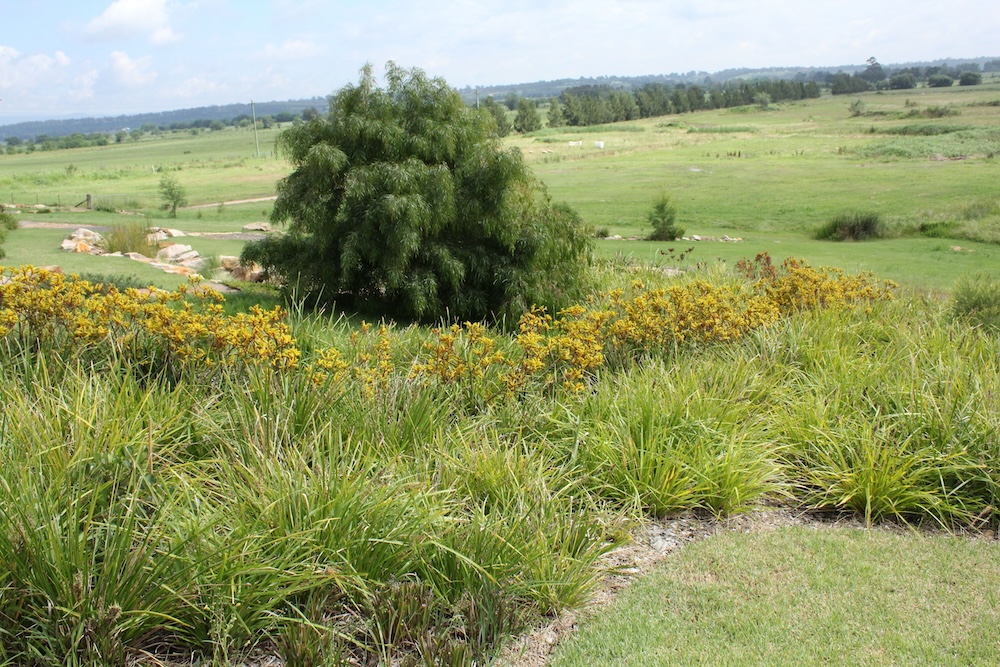
Practical Tips for Successful Companion Planting with Lomandra
Successful companion planting with lomandra isn’t just about selecting the right plants; it also involves proper planning and maintenance. Here are some practical tips to help you create a thriving garden.
Assess Your Garden’s Conditions: Before you begin, take the time to assess your garden’s conditions. This includes understanding the type of soil you have, the amount of sunlight your garden receives, and your watering routine, as we’ve discussed. Lomandras often prefer well-drained soil, full sun to partial shade, and are drought-tolerant once established. Therefore, choose companion plants that thrive under these same conditions to ensure a harmonious garden environment.
Plant Spacing: When planting, make sure to give each plant enough space. Overcrowding can lead to competition for resources like water, nutrients, and sunlight. This could potentially hinder the growth and development of your plants. The exact space required may vary depending on the species, but ensure each plant has enough room to grow to its mature size without interference from its neighbours.
Pest and Disease Management: Plant species that have small, insect-attracting flowers that will introduce predatory insects to your garden to control pests naturally. Lilly pilly, myoporum and scaevola are perfect for this purpose.
Soil Improvement: Even though lomandras and many of the companions mentioned tend not to be very sensitive about soil types, it’s beneficial to improve your garden soil’s structure and nutrient content. This can be the difference between your plants surviving or thriving. Adding organic matter like compost or well-rotted manure can enhance soil fertility and drainage, promoting healthier plant growth.
Watering Routine: While lomandra and many of the companions mentioned are drought-tolerant, it still requires watering, especially in the establishment phase. Water deeply but infrequently, allowing the soil to dry out between waterings. This encourages the roots to grow deeper in search of water, resulting in a more resilient plant. Make sure your chosen companion plants have similar watering needs to avoid overwatering or underwatering any members of your garden.
Regular Pruning: Prune lomandra and its companions as needed to maintain their shape and size. If you’d like to learn more about pruning lomandras, read my article here. (Link to my article on pruning and dividing lomandras)
By following these tips, you can ensure successful companion planting with lomandra, creating a garden that is both beautiful and easy to maintain.
Daniel’s Wrap
By considering factors like soil type, sunlight, water requirements, and plant life cycles, you can select the best companion plants for lomandra.
Whether you opt for exotic or native Australian plants, shrubs, grasses, or succulents, remember to plan carefully and monitor your garden’s progress. Happy gardening!

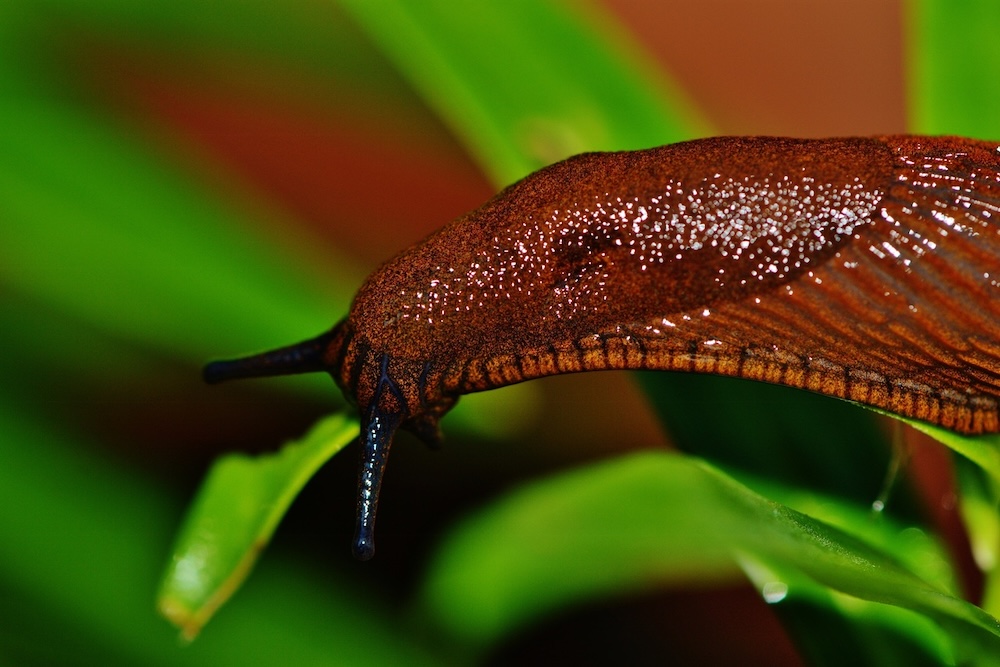
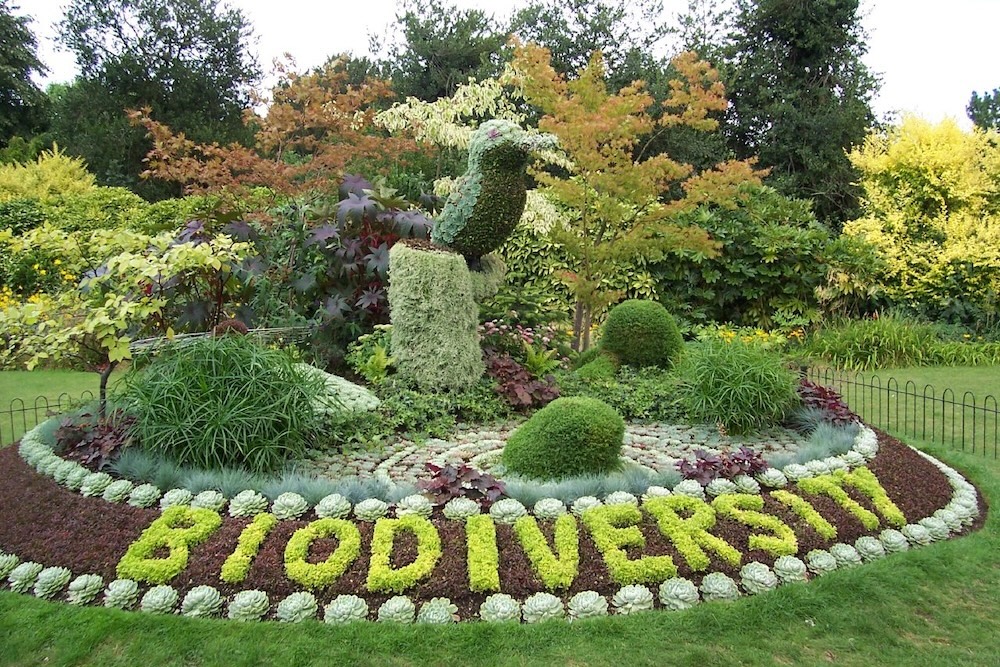
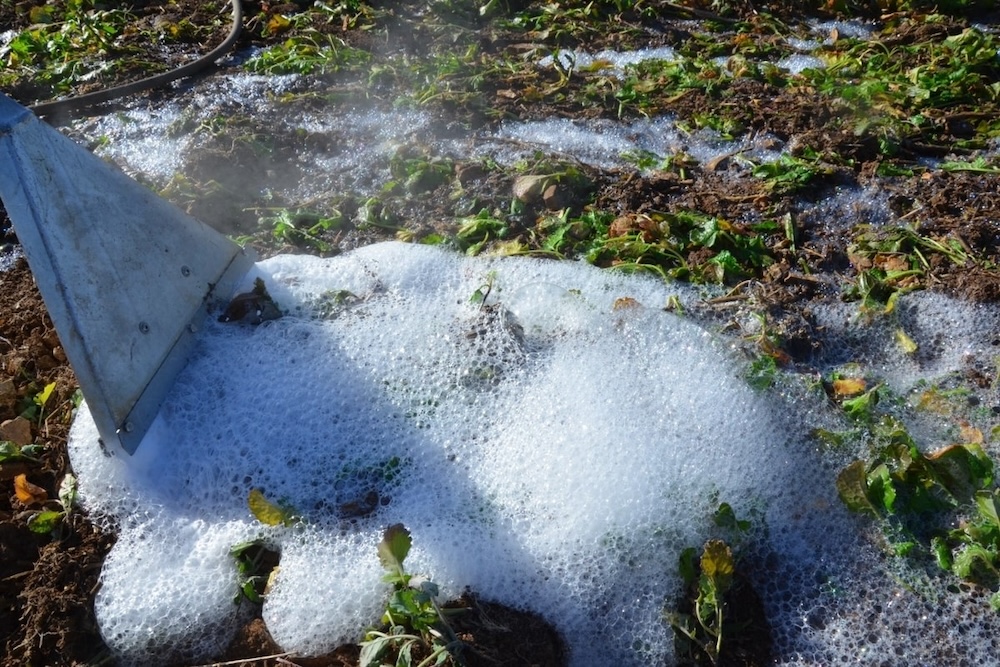
This Post Has 0 Comments